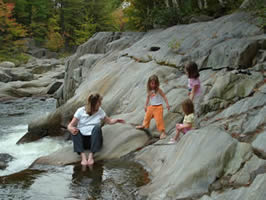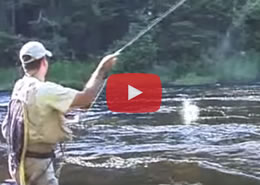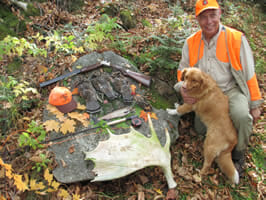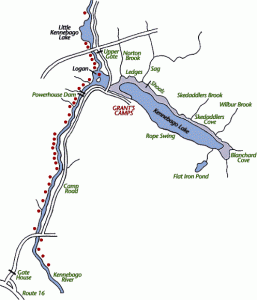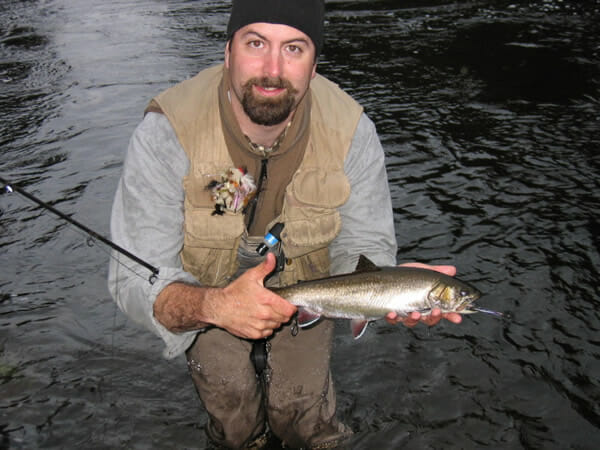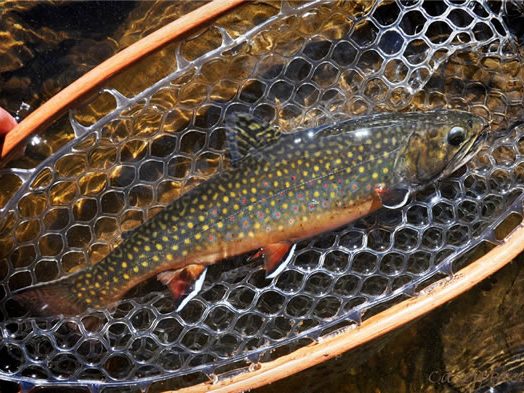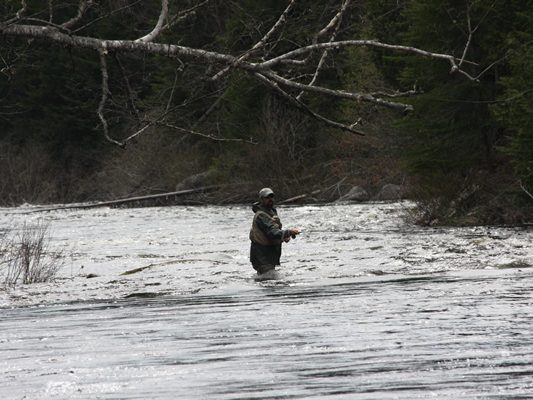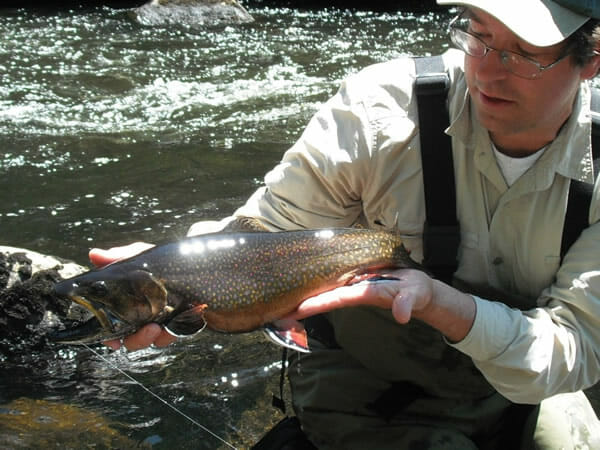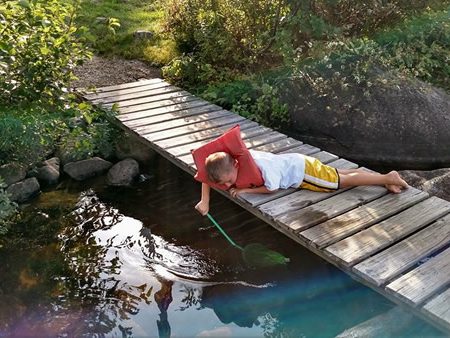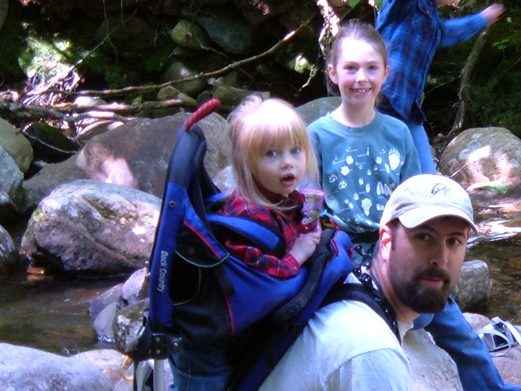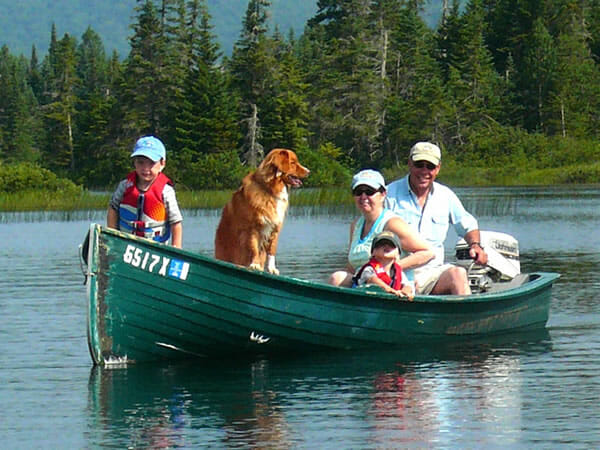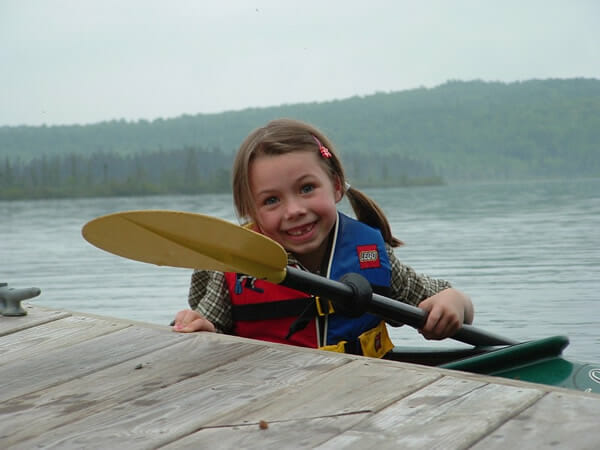
Some of the best fly fishing, not only in Maine, but on the entire East Coast!
Get Your Maine Fishing License
Maine Hunting and Fishing, Resident and Non-Resident licenses available for one, two, three day and yearly are available for purchase in the office every day of the week.
Camp’s Kitchen
Grant's Clam Chowder
In soup pot brown 4 oz. crumbled bacon.
Add:
I cup of celery
1 cup of onions
1 Tsp salt
1 Tsp pepper
1 Tsp thyme
1/2 cup flour
Stir in:
1 cup half and half
1 cup milk
1 large potato cubed
1 can 13 oz. clams chopped w/juice
1/2 stick (4 Tbsp) butter
Continuously stir, let simmer on low.
May substitute trout for clams.
Best enjoyed the next day.

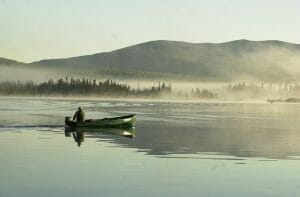
Rangeley an area rich in beauty and history.
Area Historical Attractions:
MUSEUMS
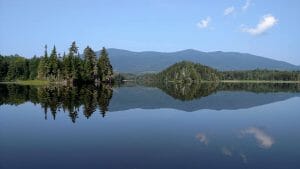
Please sign up for our email list to receive advanced notification of upcoming NEWS and SPECIALS.

